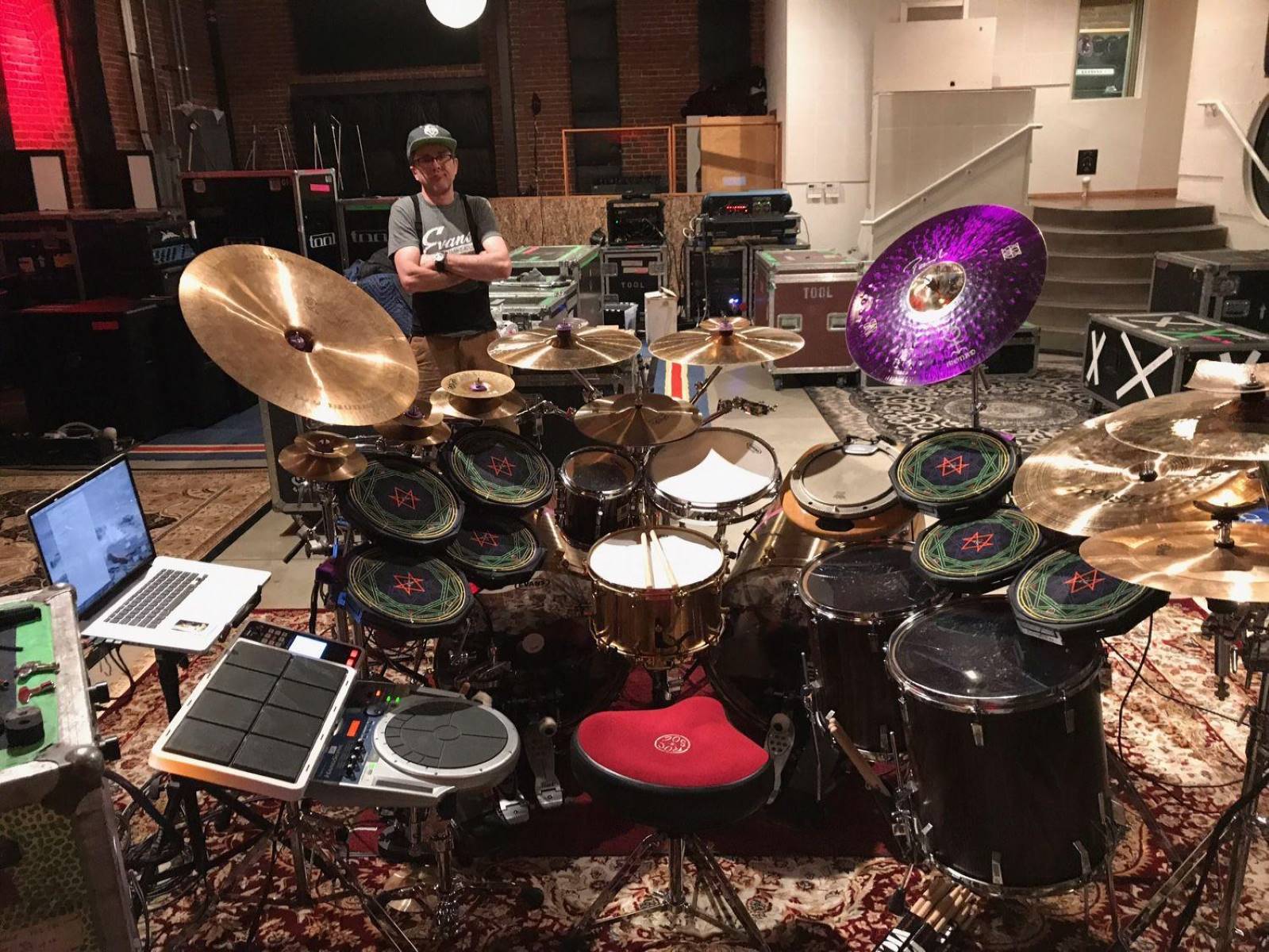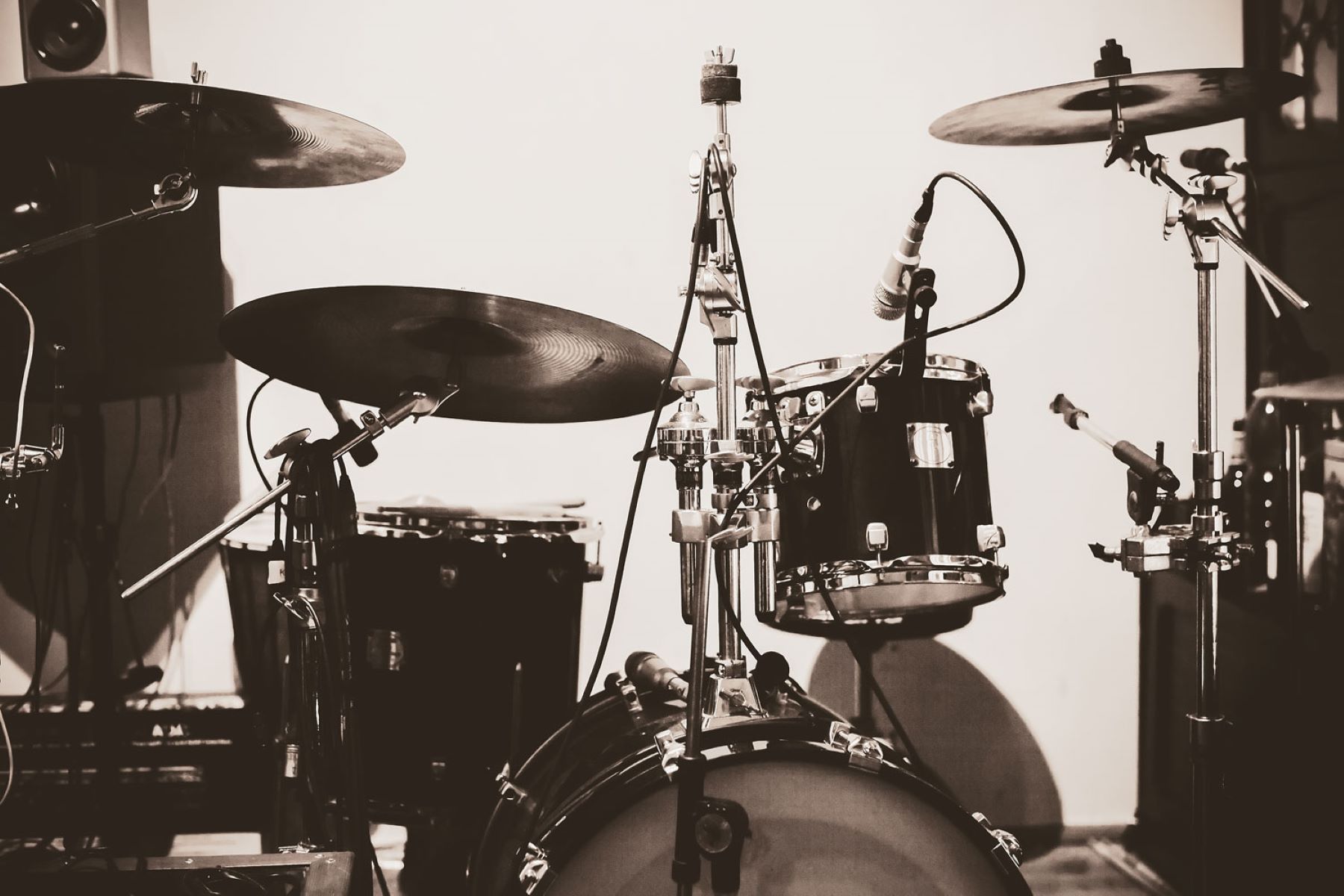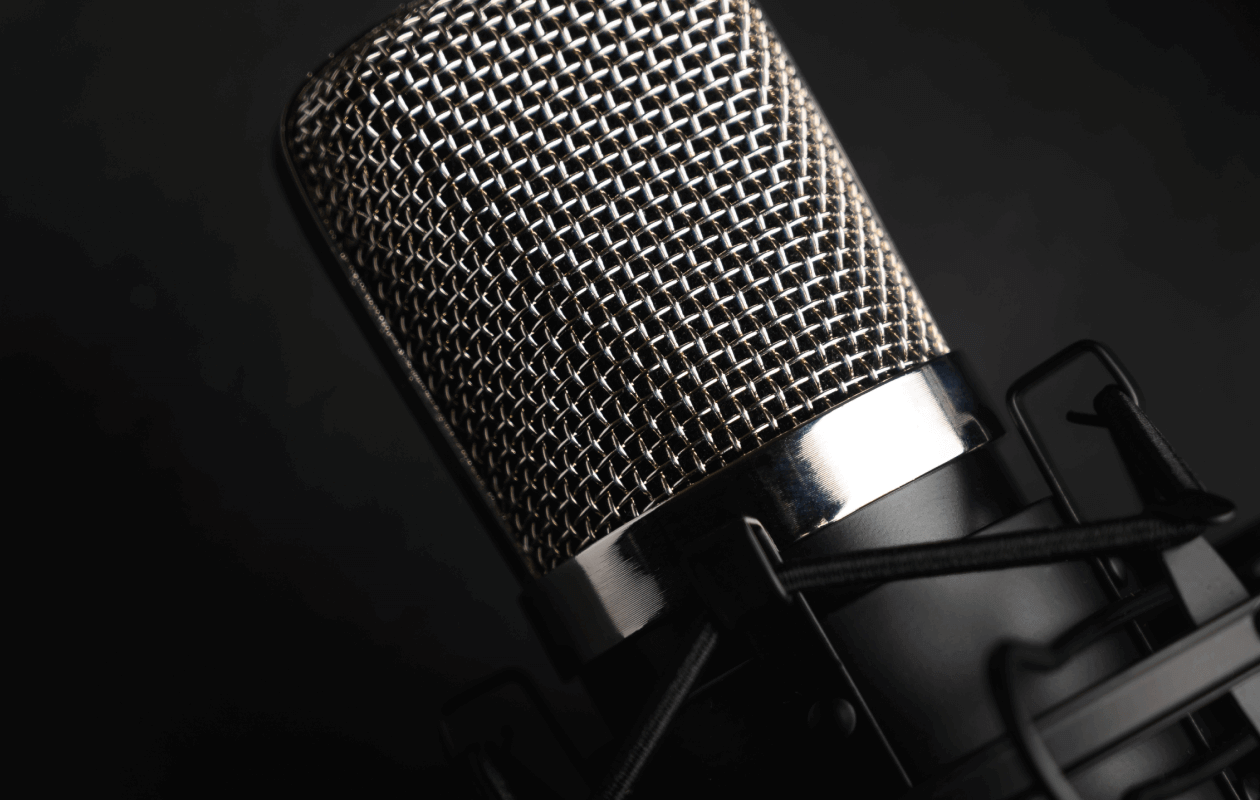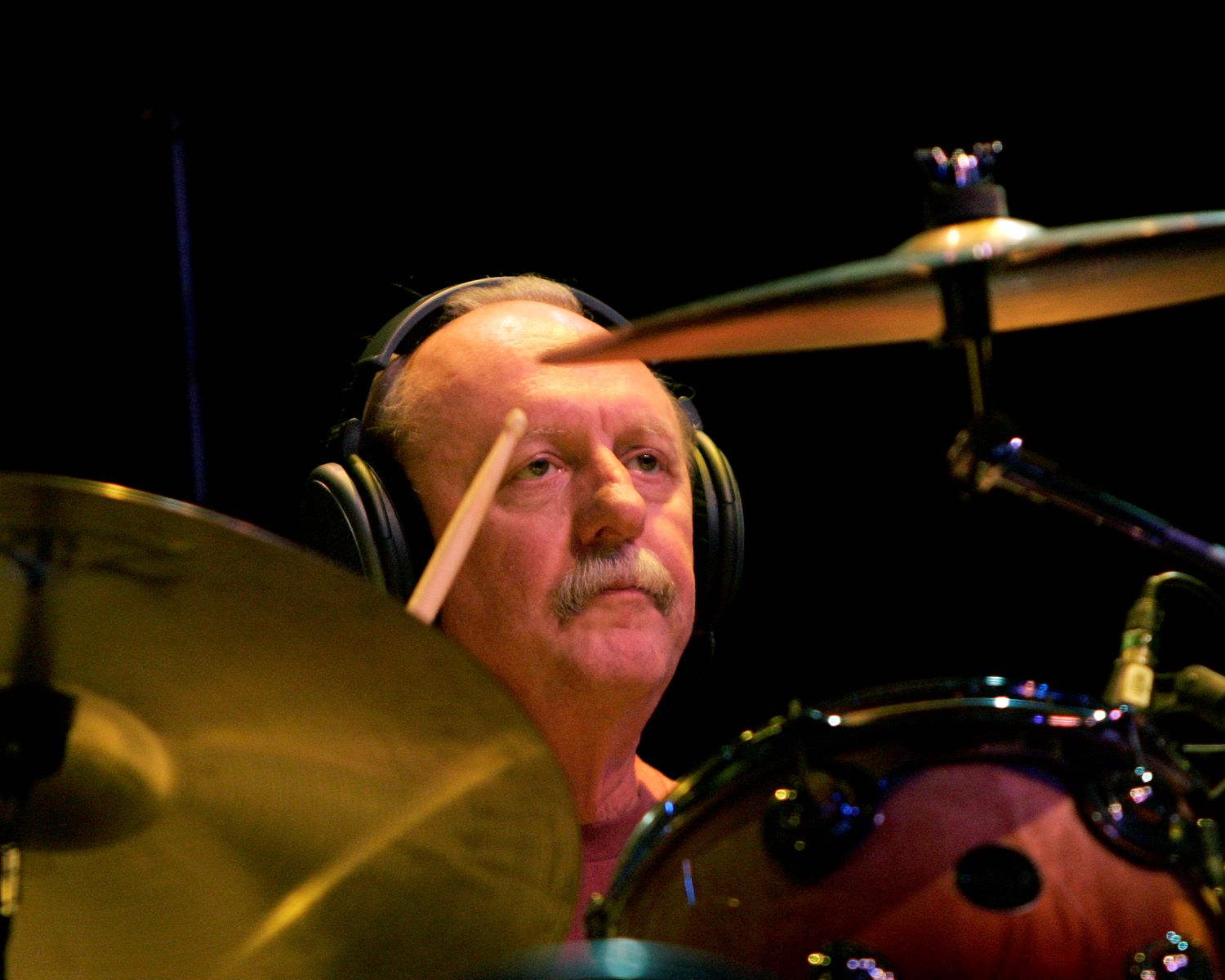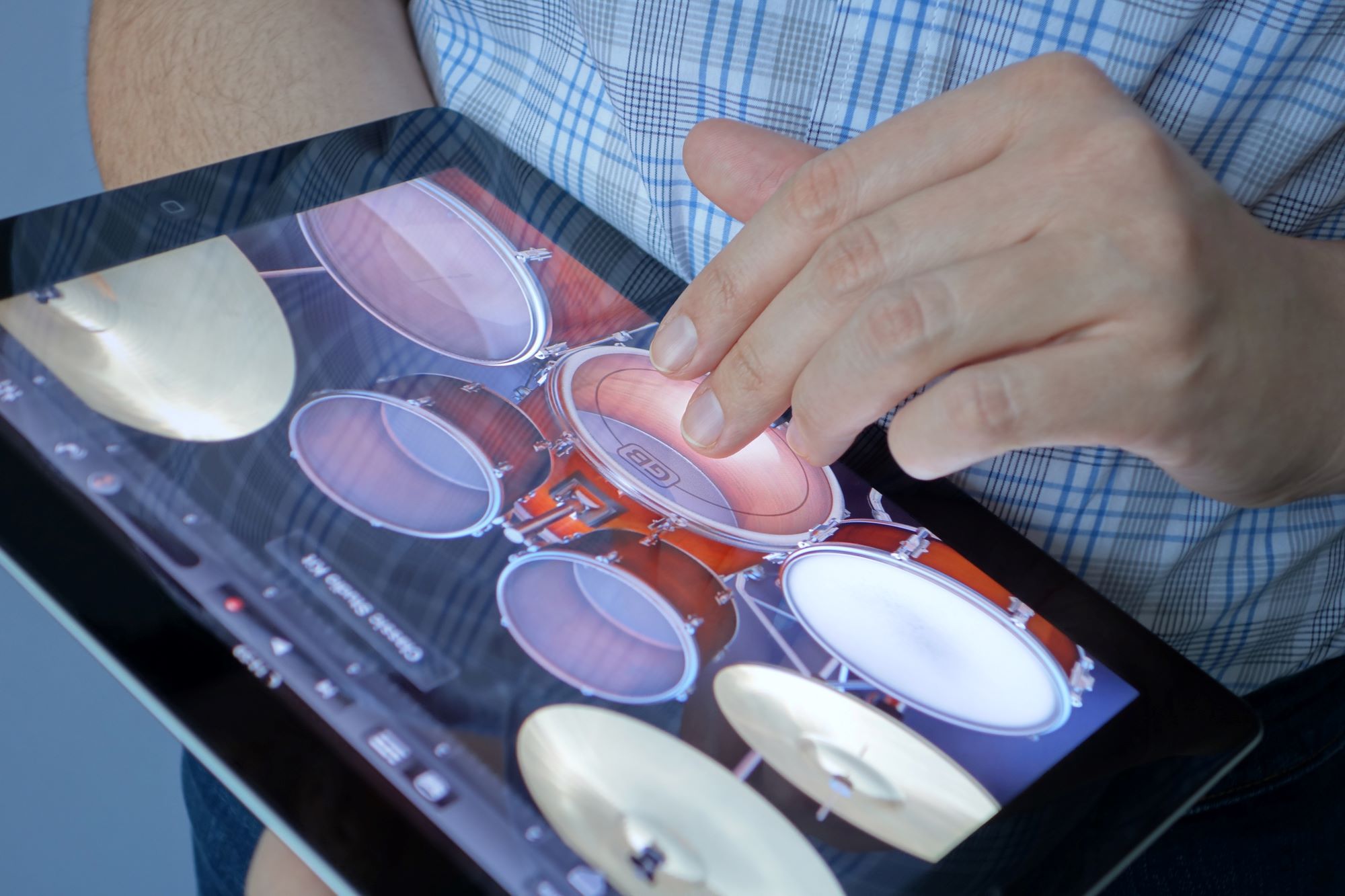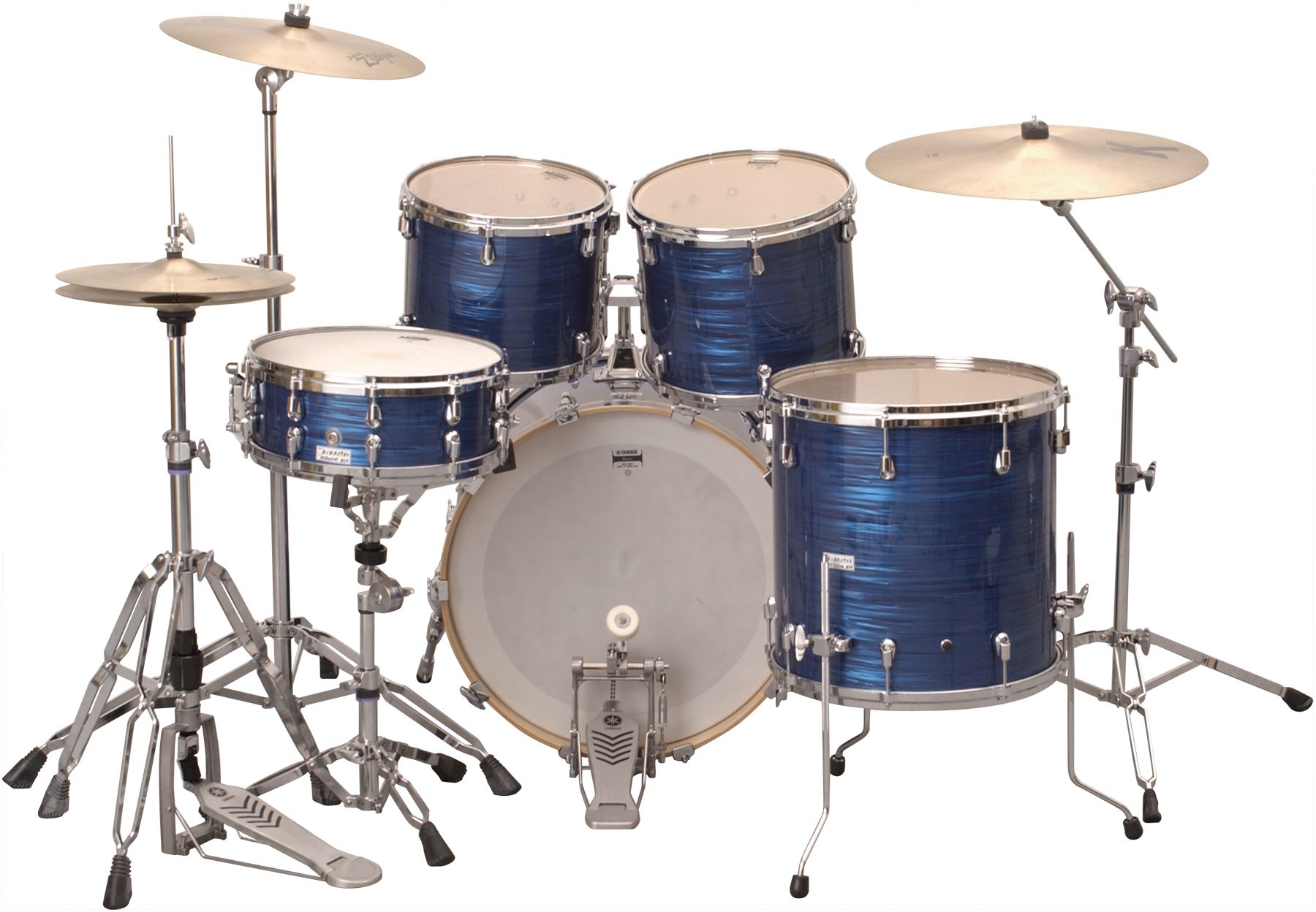Home>Instruments>Drums>What Mics To Use For Drums
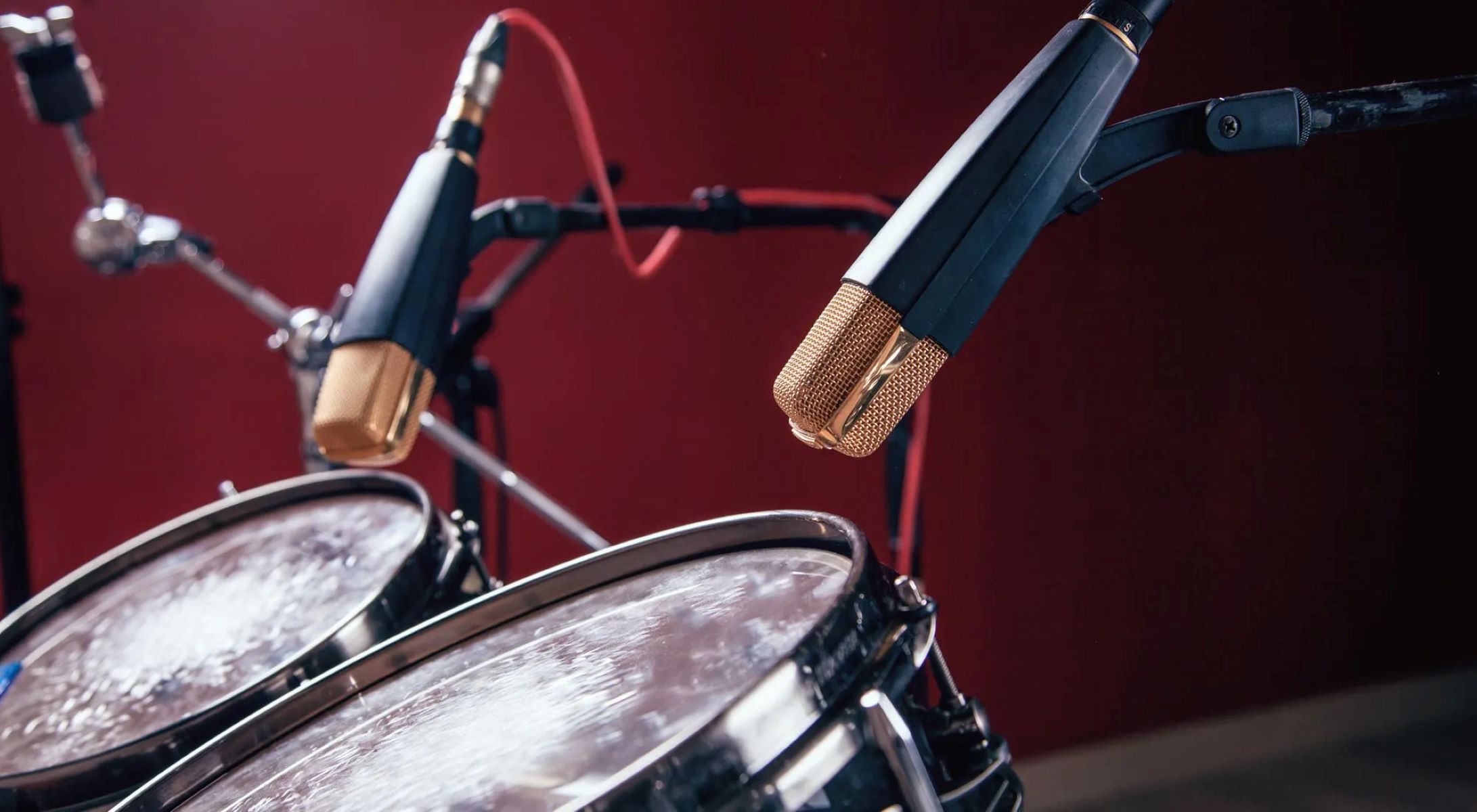

Drums
What Mics To Use For Drums
Modified: February 16, 2024
Discover the best mics for capturing the dynamic range and nuances of drums. Explore top recommendations for achieving professional drum recordings.
(Many of the links in this article redirect to a specific reviewed product. Your purchase of these products through affiliate links helps to generate commission for AudioLover.com, at no extra cost. Learn more)
Table of Contents
Introduction
When it comes to capturing the powerful and diverse sounds of a drum kit, choosing the right microphones is crucial. Whether you’re aiming to record a thunderous rock beat, a subtle jazz groove, or anything in between, the selection of microphones can significantly impact the quality and character of the recorded sound. Understanding the different types of microphones and their ideal applications for drum recording is essential for achieving professional-grade results.
In the world of drum miking, there are three primary types of microphones that are commonly used: dynamic, condenser, and ribbon. Each type has its own unique characteristics and is suited for specific aspects of drum kit recording. Dynamic microphones are known for their durability and ability to handle high sound pressure levels, making them well-suited for capturing the loud and dynamic nature of drums. On the other hand, condenser microphones are revered for their sensitivity and accuracy, making them ideal for capturing the nuanced details and transient response of drum kits. Additionally, ribbon microphones are celebrated for their warm and natural sound reproduction, adding a distinct sonic coloration to drum recordings.
Furthermore, the selection and placement of microphones can vary based on the type of drum kit being recorded. From the punchy attack of a rock kit to the intricate tonality of a jazz setup, different microphone configurations can be employed to best capture the unique sonic characteristics of each kit. Understanding the best microphone setups for various drum kits is essential for achieving a balanced and impactful drum sound in recordings.
In this comprehensive guide, we will delve into the intricacies of each microphone type, explore the best microphone setups for different drum kits, and provide valuable tips for capturing stellar drum recordings. Whether you’re a seasoned recording engineer or a drummer looking to capture your own performances, this guide will equip you with the knowledge and insights needed to make informed decisions when it comes to drum miking.
Dynamic Microphones
Dynamic microphones are stalwarts in the realm of drum miking, renowned for their robust construction and ability to handle high sound pressure levels. These microphones are designed to capture loud and dynamic sound sources, making them well-suited for close-miking drums and percussion instruments. Their inherent durability and resilience against impact and rough handling make them reliable workhorses in recording and live sound applications.
When it comes to drum recording, dynamic microphones are commonly used to capture the punch and impact of kick drums, the crack and attack of snare drums, and the body and warmth of toms. The Shure SM57, a legendary dynamic microphone, is a staple choice for capturing the snare drum’s sharp and articulate sound, while the AKG D112 is favored for its ability to capture the low-end thump and resonance of kick drums. Additionally, dynamic microphones such as the Sennheiser MD 421 and Electro-Voice RE20 are popular choices for miking toms, thanks to their ability to handle high SPL and deliver a balanced reproduction of the drum’s tonal characteristics.
Due to their directional nature and ability to isolate sound sources, dynamic microphones are also commonly employed for close-miking individual drum components, allowing for precise control over the capture of each drum’s unique sonic qualities. Their ability to handle high volumes without distortion makes them indispensable for capturing the energetic and impactful nature of drum performances in both studio and live settings.
Moreover, dynamic microphones are often utilized in combination with other microphone types, such as condenser and ribbon microphones, to create a comprehensive and balanced drum sound. By strategically positioning dynamic microphones in close proximity to specific drum components and utilizing their inherent ability to handle high SPL, engineers can effectively capture the dynamic range and transient response of drums with precision and clarity.
Whether it’s the thumping heartbeat of the kick drum, the crackling snare hits, or the resonant thunder of toms, dynamic microphones play a pivotal role in faithfully translating the raw energy and impact of drum performances into captivating recordings.
Condenser Microphones
Condenser microphones are revered for their exceptional sensitivity, wide frequency response, and ability to capture transient detail with precision. In the realm of drum recording, condenser microphones are prized for their capacity to faithfully reproduce the nuanced tonal characteristics and subtle nuances of drum kits. Unlike dynamic microphones, condensers are highly sensitive and can capture the intricate details of drum performances with remarkable clarity and accuracy.
When it comes to capturing the shimmering highs of cymbals, the subtle resonance of drum shells, and the intricate stick work on various drum components, condenser microphones excel in delivering a transparent and detailed representation of the drum kit’s sonic palette. The AKG C414, Neumann U87, and Audio-Technica AT5040 are renowned condenser microphones often utilized in drum miking setups for their ability to capture the transient nuances and harmonic richness of drums with finesse.
Condenser microphones are commonly employed as overhead mics to capture the overall sound of the drum kit, providing a spacious and detailed stereo image that encompasses the entire kit. Their wide frequency response and extended high-frequency capture make them ideal for capturing the shimmer and airiness of cymbals, as well as the overall ambience and depth of the drum kit’s sound. Additionally, condenser microphones can be strategically positioned as room mics to capture the natural reverberation and spatial characteristics of the drum performance, adding depth and dimension to the overall drum sound.
Furthermore, condenser microphones are often utilized in combination with dynamic and ribbon microphones to create a balanced and comprehensive drum sound. By integrating the sensitivity and accuracy of condenser microphones with the robustness and impact-handling capabilities of dynamic microphones, engineers can achieve a well-rounded and immersive representation of the drum kit’s sonic dynamics.
With their ability to capture the subtle nuances, transient details, and overall tonal balance of drum performances, condenser microphones play a crucial role in shaping the sonic identity and fidelity of drum recordings, elevating them to a professional and immersive level of sonic quality.
Ribbon Microphones
Ribbon microphones are revered for their warm and natural sound reproduction, making them prized assets in the realm of drum miking. These microphones utilize a thin strip of metal (the “ribbon”) suspended in a magnetic field to capture sound, resulting in a smooth and vintage-like sonic character that adds a unique coloration to drum recordings. Unlike dynamic and condenser microphones, ribbon microphones exhibit a bidirectional (figure-eight) polar pattern, capturing sound from the front and rear while rejecting sound from the sides, allowing for versatile placement options and natural room ambience capture.
When it comes to drum recording, ribbon microphones are celebrated for their ability to impart a rich and velvety texture to the captured drum sound. Their gentle high-frequency roll-off and pronounced proximity effect contribute to a warm and intimate representation of drums, making them well-suited for capturing the body, depth, and natural resonance of drum components. The Royer R-121 and Coles 4038 are esteemed ribbon microphones frequently utilized in drum miking setups for their ability to add a vintage warmth and musicality to drum recordings.
Ribbon microphones are often employed as room mics to capture the natural ambience and spatial characteristics of the drum performance, enhancing the depth and immersive quality of the drum sound. Additionally, when used as overhead mics, ribbon microphones can impart a sense of airiness and dimension to the overall drum kit sound, capturing the natural decay of cymbals and providing a rich stereo image of the kit’s sonic landscape.
Furthermore, the use of ribbon microphones in conjunction with dynamic and condenser microphones can provide a well-rounded and sonically captivating representation of drum performances. By integrating the vintage warmth and natural sound reproduction of ribbon microphones with the impact-handling capabilities of dynamic microphones and the transient detail capture of condenser microphones, engineers can craft a compelling and immersive sonic portrayal of the drum kit’s dynamic range and tonal intricacies.
With their ability to infuse drum recordings with a vintage allure, warmth, and natural resonance, ribbon microphones stand as indispensable tools for capturing the timeless and emotive essence of drum performances, adding a touch of nostalgia and depth to the sonic tapestry.
Best Microphone Setups for Different Drum Kits
When it comes to capturing the diverse sonic characteristics of different drum kits, employing the appropriate microphone setups is essential for achieving balanced and impactful drum recordings. Each drum kit configuration, whether it’s a rock powerhouse, a jazz ensemble, or a versatile fusion setup, requires a tailored approach to microphone placement and selection to faithfully capture its unique tonal qualities and dynamic range.
Rock Kit
For a typical rock kit, a robust and punchy sound is paramount. A popular microphone setup involves using a dynamic microphone such as the AKG D112 or Shure Beta 52A positioned inside the kick drum to capture its low-end thump and attack. Additionally, a dynamic microphone like the Shure SM57 is commonly employed on the snare drum to capture its sharp and articulate sound, while dynamic microphones such as the Sennheiser MD 421 or Electro-Voice RE20 are used on the toms to capture their powerful resonance and impact.
Jazz Kit
When capturing the subtlety and finesse of a jazz kit, a more nuanced approach is required. Utilizing condenser microphones as overheads, such as the Neumann KM 184 or AKG C414, can capture the detailed cymbal work and overall ambience of the kit. A ribbon microphone like the Royer R-121 can be positioned as an overhead to impart a warm and vintage character to the drum sound, while a small-diaphragm condenser microphone can be placed on the snare drum to capture its delicate articulation and responsiveness.
Fusion Kit
For a versatile fusion kit that demands versatility and sonic clarity, a combination of microphone types can be employed. Utilizing a dynamic microphone inside the kick drum, a condenser microphone as an overhead, and a ribbon microphone as a room mic can provide a balanced and immersive representation of the kit’s sonic dynamics. Additionally, close-miking the individual drums with dynamic or condenser microphones can capture the intricacies and impact of each drum component, allowing for precise control over the mix.
By tailoring the microphone setups to the specific sonic requirements of each drum kit, engineers and recording artists can effectively capture the essence and character of the performances, ensuring that the recordings translate the full spectrum of tonal nuances and dynamic impact inherent to each drum kit configuration.
Tips for Recording Drums with Microphones
Recording drums with microphones can be a rewarding yet intricate process, requiring careful planning, attention to detail, and a nuanced understanding of the sonic characteristics of the drum kit. Whether you’re embarking on a studio recording session or capturing a live performance, employing the following tips can help elevate the quality and fidelity of drum recordings.
Experiment with Microphone Placement
Exploring different microphone placements around the drum kit can yield diverse sonic results. For instance, adjusting the distance and angle of overhead microphones can significantly impact the capture of cymbals, room ambience, and overall kit balance. Similarly, experimenting with the placement of close-miking microphones on individual drums can uncover the optimal positions for capturing the desired tonal characteristics and dynamic response.
Utilize a Combination of Microphone Types
Combining dynamic, condenser, and ribbon microphones can provide a comprehensive sonic capture of the drum kit. By leveraging the unique characteristics of each microphone type, such as the impact-handling capabilities of dynamic microphones, the transient detail capture of condenser microphones, and the vintage warmth of ribbon microphones, engineers can craft a rich and balanced representation of the drum kit’s sonic palette.
Pay Attention to Phase Alignment
Ensuring proper phase alignment among microphones is crucial for achieving a coherent and impactful drum sound. When utilizing multiple microphones, particularly on the same drum component, checking for phase coherence and making necessary adjustments can prevent phase cancellation and ensure that the captured signals reinforce each other, leading to a more robust and focused drum sound.
Capture the Room Ambience
Integrating room microphones into the drum recording setup can add depth, dimension, and natural ambience to the overall sound. Experimenting with room mic placement and utilizing ribbon or condenser microphones can capture the reverberation and spatial characteristics of the drum performance, enhancing the immersive quality of the recordings and providing a sense of air and space around the kit.
Monitor and Adjust Levels Carefully
Monitoring and adjusting microphone levels during the recording process is essential for maintaining a balanced and controlled drum sound. Paying attention to the relative levels of each microphone, especially during dynamic passages, can prevent signal clipping and ensure that the captured performances retain clarity, impact, and tonal balance.
By implementing these tips and techniques, recording engineers and musicians can navigate the complexities of drum miking with confidence, creativity, and precision, ultimately yielding captivating and professional-grade drum recordings that faithfully convey the expressive power and sonic nuances of the instrument.

